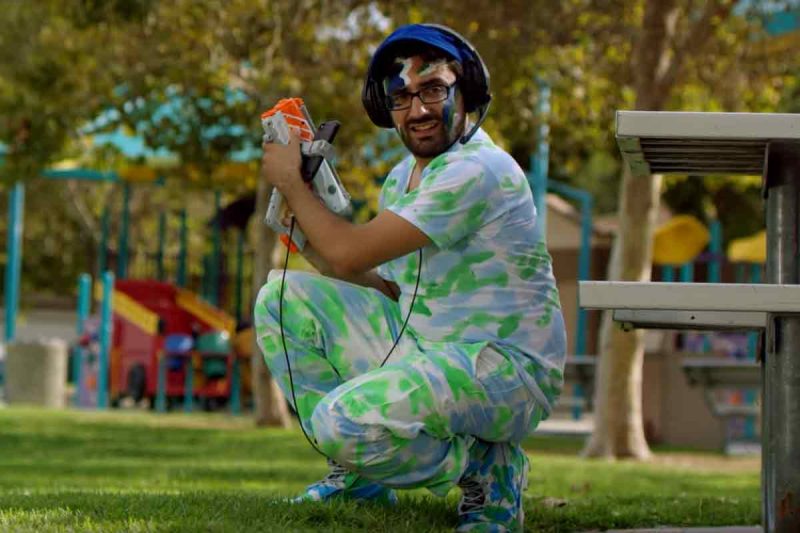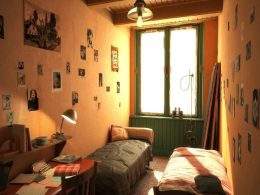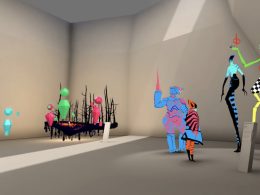Laser tag halls will soon have stiff competition: the augmented reality ball game "Recoil" follows the example of Pokémon Go and turns the world into a playing field.
Laser tag has now established itself as a leisure activity in several places. But the ravages of time are also taking their toll on this form of entertainment. Try it out a few times and you've seen it. This is why many operators of such venues are eagerly awaiting the development of VR arcades, as there is often enough space in a laser tag venue to integrate virtual reality stations. This is also how the VR Arena in Zurich, which we are building tested have expanded their range. But perhaps the future of laser tag does not lie in closed halls?
The world becomes one big playground
The competition is called Recoil. The game principle is similar to classic laser tag, but the up to 16 players are no longer restricted to a specific hall or environment. Instead, they are connected to each other via a wireless network within a radius of 150 metres around a router. So basically, you can play almost anywhere.
The smartphone is connected to a plastic pistol via Bluetooth. Typical shooter statistics such as shots and hits are recorded via the Wi-Fi network. The player's movements are recorded via GPS so that specific game zones such as a starting area and a target zone can be created, just like in digital shooter games.
The GPS position is also integrated into the sound playback via headphones. The volume of gunshot sounds, for example, is based on the actual distance of the other players.
Players are kept up to date on targets, available ammunition and game status via a smartphone app. Typical game modes familiar from online shooters such as "Search and Destroy" or "Deathmatch" are integrated into the system.
Purely digital objects are superimposed on the playing field via augmented reality
Important game objects such as weapons or ammunition that do not actually exist on the playing field are digitally superimposed via the smartphone camera. Although this is still a fairly simple interpretation of augmented reality, it doesn't take much imagination to visualise what such mixed reality games could look like in the future with smartphones and glasses that have 3D tracking technology.
The starter set consisting of a Wi-Fi router with game hub, two smartphone weapons, damage sensors and augmented reality tags costs from 120 US dollars in the USA. More information and various points of purchase are available on the official website.
Source: VR Nerds / Vrodo / Youtube









